In 2012, F.P. Journe unveiled his Octa Quantième Perpétuel yet surprisingly it never actually got delivered except towards the end of 2015/early 2016. There was a significant delay in the production of the watch and by the time the first deliveries came around nearly four years later, the watch underwent somewhat of a soft relaunch to the public.
Depending on whom you ask, some would have said it doesn’t work and yet others would have told you the exact opposite, that nothing was wrong with it and Journe was just being paranoid. However, it’s fair to say that despite the delay, when the watch was finally undergoing production it was unlike anything seen before and let’s look at what exactly makes it so.
It is worthy to note that when Mr. Journe first designed his opening collection around 1994; he was quite against the idea of having a perpetual calendar for the fact that the complication itself is not much more difficult to make compared to an annual calendar, and furthermore it would have been a financial risk to introduce a perpetual calendar at start as it would have to compete with a relatively high price point; something he didn’t seem convinced by.
Thus, we never actually saw a perpetual calendar from the watchmaker until 2009; this time a result of critics challenging Journe and his lack of skills in making a perpetual calendar. As a response, he released a limited series of 99 pieces called the Octa Perpetuelle to prove otherwise. The choice to make it a limited series was as a result of him answering critics yet not being completely convinced with the ultimate perpetual calendar for a Journe series model.
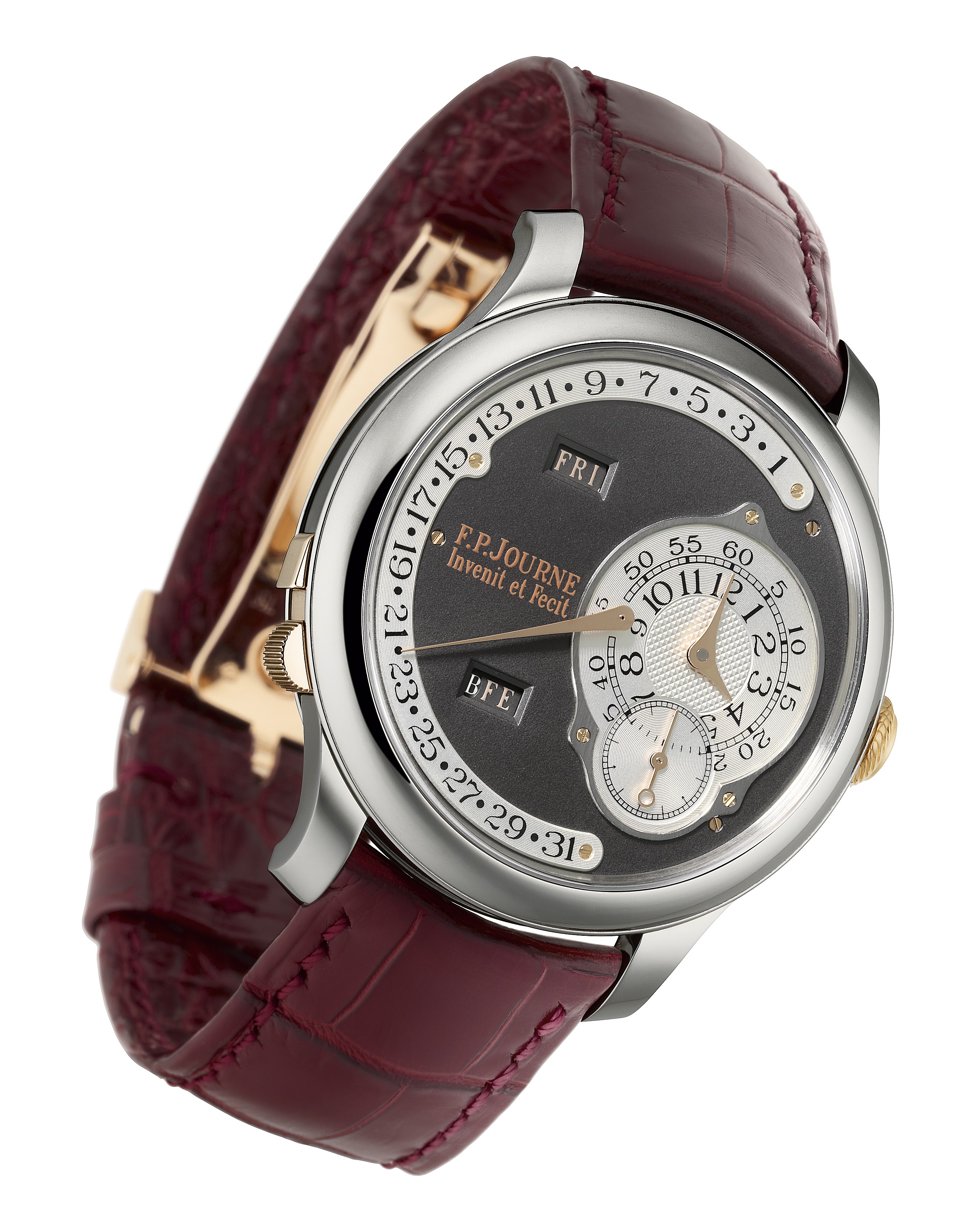
From there, Journe began to tackle a completely new perpetual calendar but this time, eliminating and solving all the issues he personally had with the complication. To start, and most important was that although the base caliber remains the same (as with all Octa movements) the complication and whole construct of the movement beyond the base would be completely new and from scratch. The goal was not to copy the OP above but to make something completely new.
The perpetual calendar, while often a coveted complication, often carries a lot of baggage in terms of how to properly set/use it. There are many things that could go wrong and are often impractical and so for Journe, like his Sonnerie, the goal was to make the watch extremely practical.
The Issues
It’s nice to imagine all the gears and parts working together in a watch to showcase time however, keep in mind that with complications, not everything works at the same time. In the case of a calendar, even the basic mechanical calendars will note warnings regarding adjusting the date during certain hours of the night. It is during these hours that certain mechanisms start their work to trigger the date changes and if a manual force is applied to the gears while they are engaged, then the watch will have to get sent to a watchmaker and it won’t be free. Therefore, the first issue with this complication is the fact that you can’t set it whenever you please.
The second issue is regarding the method of adjusting your calendar. Day, date, month and hour/minute are a bit much too ask of the crown of a watch, and so to adjust the calendar it has often been the case that watchmakers have implemented the use of pushers onto a watch case. To set your watch, you would have to use the provided pin to press the pushers and adjust the calendar which takes quite a long time and for some, it’s a lot to ask.
While in most cases there are at least 3 pushers on a watch case, some brands like Jaeger-LeCoultre and IWC use a module that syncs all the calendar displays onto one pusher. To adjust, one simply presses the pusher once for each day which is simple enough, except you can’t go backwards. I have heard awful stories of watches that somehow were pressed months in advance or even years (yes there is a year too) and the result is yet again, an expensive trip to a watchmaker.
In Journe’s mind the pusher is a nuisance both aesthetically and mechanically. To start, pushers ruin the flawless design of a case and beyond that, it apparently really bothers him to see collectors having to use toothpicks on a trip because they don’t have proper pins.
Fact: The only Journe to utilize the need of a pin is the Octa UTC which once set at first, will not need the pin ever again.
The Solutions
The Quantième Perpétuel had to solve the mentioned concerns and it did. I won’t get into the first part just yet for it comes as a result of a larger idea. On the other hand, to eliminate the need of pushers, Journe managed to use the crown as the main control for the time, day and date which leaves just the month which can be adjust via a small pull-out lever hidden beneath the upper-right lug. To adjust the month one needs simply to pull it out and depress it slightly for a fast adjustment. Note that the months are connected to the leap-year display. Moreover, it is due to the month being the least likely to be adjusted out of the different components, that Journe has decided to connect it out of the crown.
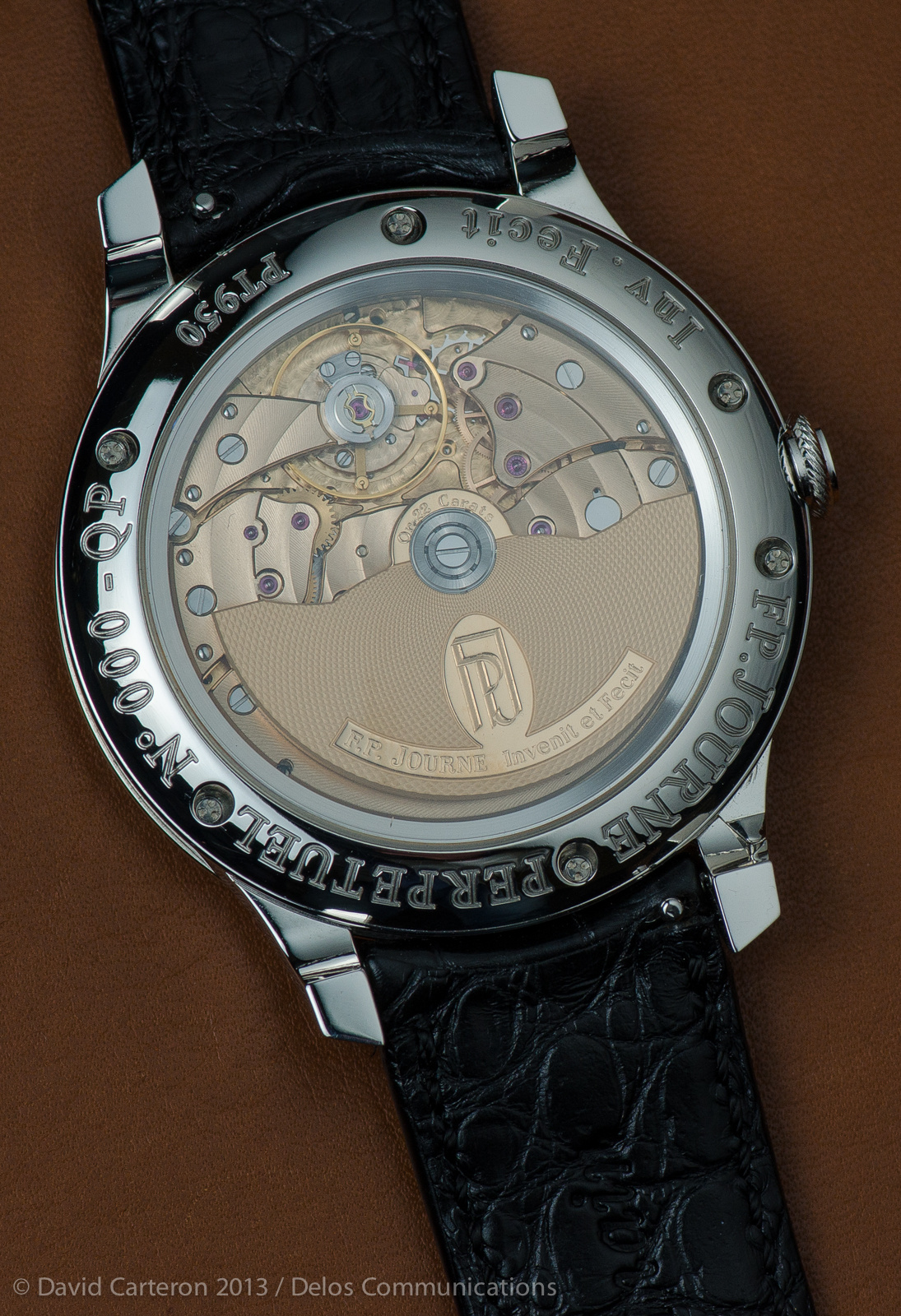
Dynamic Display
If you have handled a mechanical calendar watch, you would have noticed that during around midnight the calendar wheels begin to drag over anywhere between several minutes to several hours as the gears engage and the mechanisms do their work. Yet,the different wheels might not change at the same time. It is during this time that calendar adjustments are not recommended. On the QP however, Journe opted for a dynamic display that in this case will have all the calendar displays jump at precisely the same time, and precisely at midnight, without any drag; perhaps the biggest challenge yet the most rewarding of this timepiece.
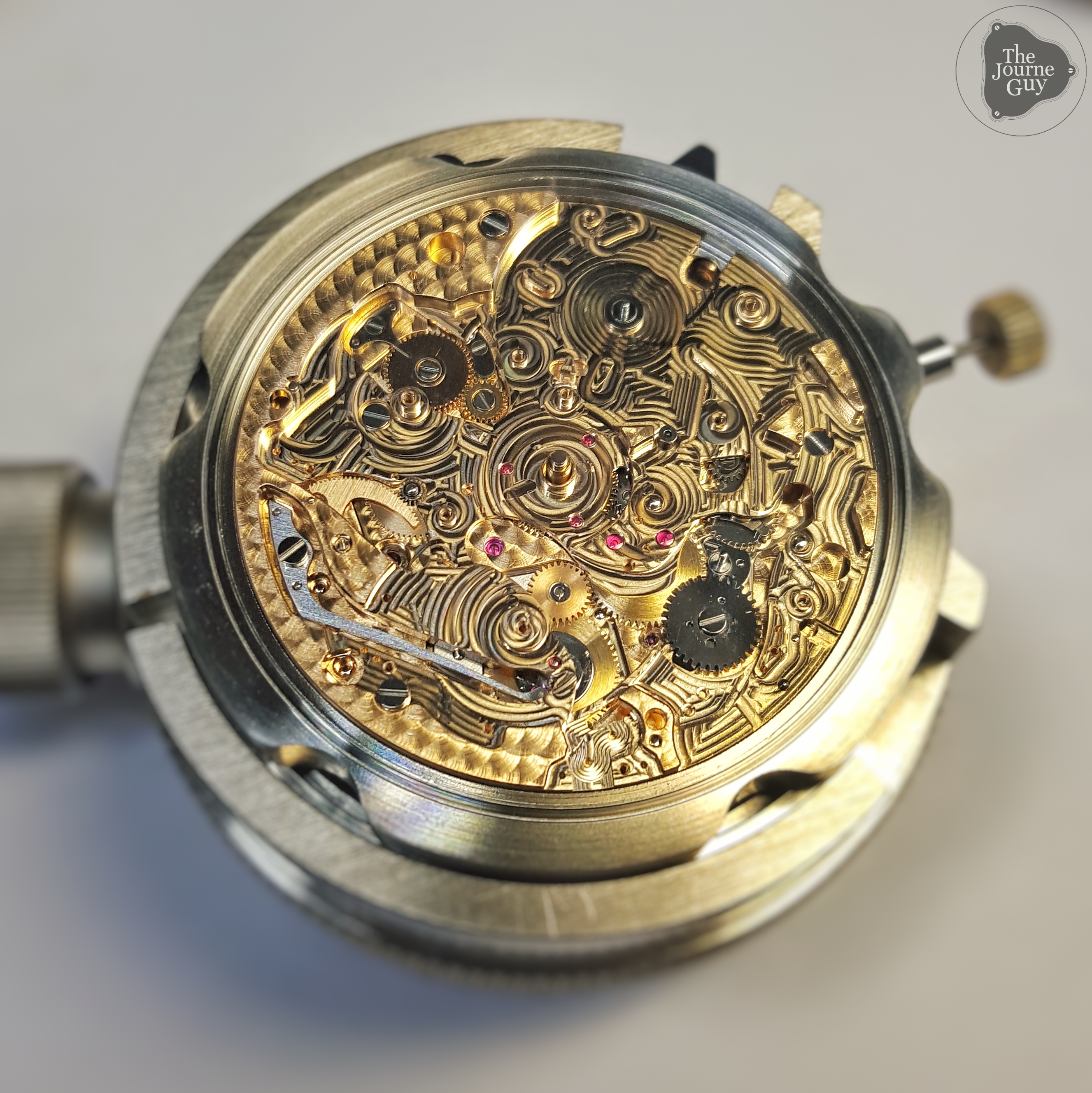
Journe’s Problem
The QP underwent a near four year delay and the reason was entirely to do with this dynamic jump. In the words of Journe, “it was sometimes working and sometimes not working and sometimes for a watchmaker is the worst answer possible.”
Since the jump occurs at an incredible speed of 16/1000th of a second; it is 10x faster than a human eye can blink and so it was impossible to see the real cause of the problem, and this is perhaps why some have said that nothing was really wrong with the watch.
To be able to see exactly what happens in that time frame, Journe invested 60,000 CHF in a camera that could capture 4000 photos per second in order to pinpoint the exact problem. You can find the camera in his office, even today.
I mentioned above that a major concern regarding the perpetual calendar is having to set it during certain times to avoid damage, but since this QP utilizes a dynamic display, you could actually set the watch calendar at any time of the day/night and without any worry.
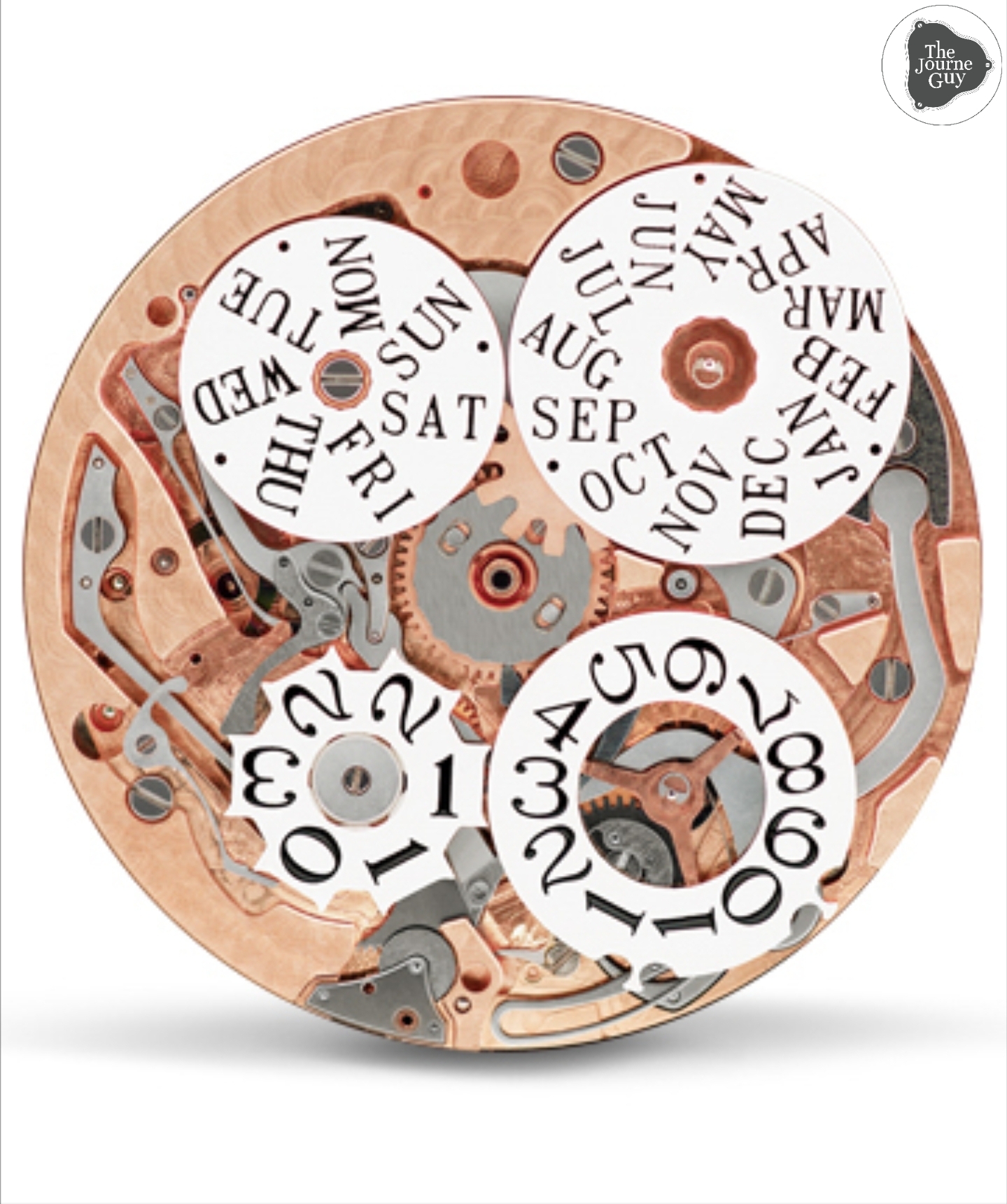
The Test
The test for the Sonnerie Souveraine was seeing if an 8 year-old boy could damage it. The test for the QP was writing down a random date on a piece of paper and giving Journe exactly 20 seconds to set his QP to it; often with a $100 bet involved. This was the goal of the QP, practicality and utility, and in my opinion what makes this perpetual calendar unlike any other. Thanks to the Octa movement, the watch is a chronometer with a 120hr power reserve, and now a perpetual calendar with all calendar displays jumping precisely at midnight, precisely at the same time.
With the introduction of the QP, the Octa Calendrier ceased production in 2015 for the simple reason that with under 20 watchmakers at the manufacture, Journe does not have the means to produce both models.
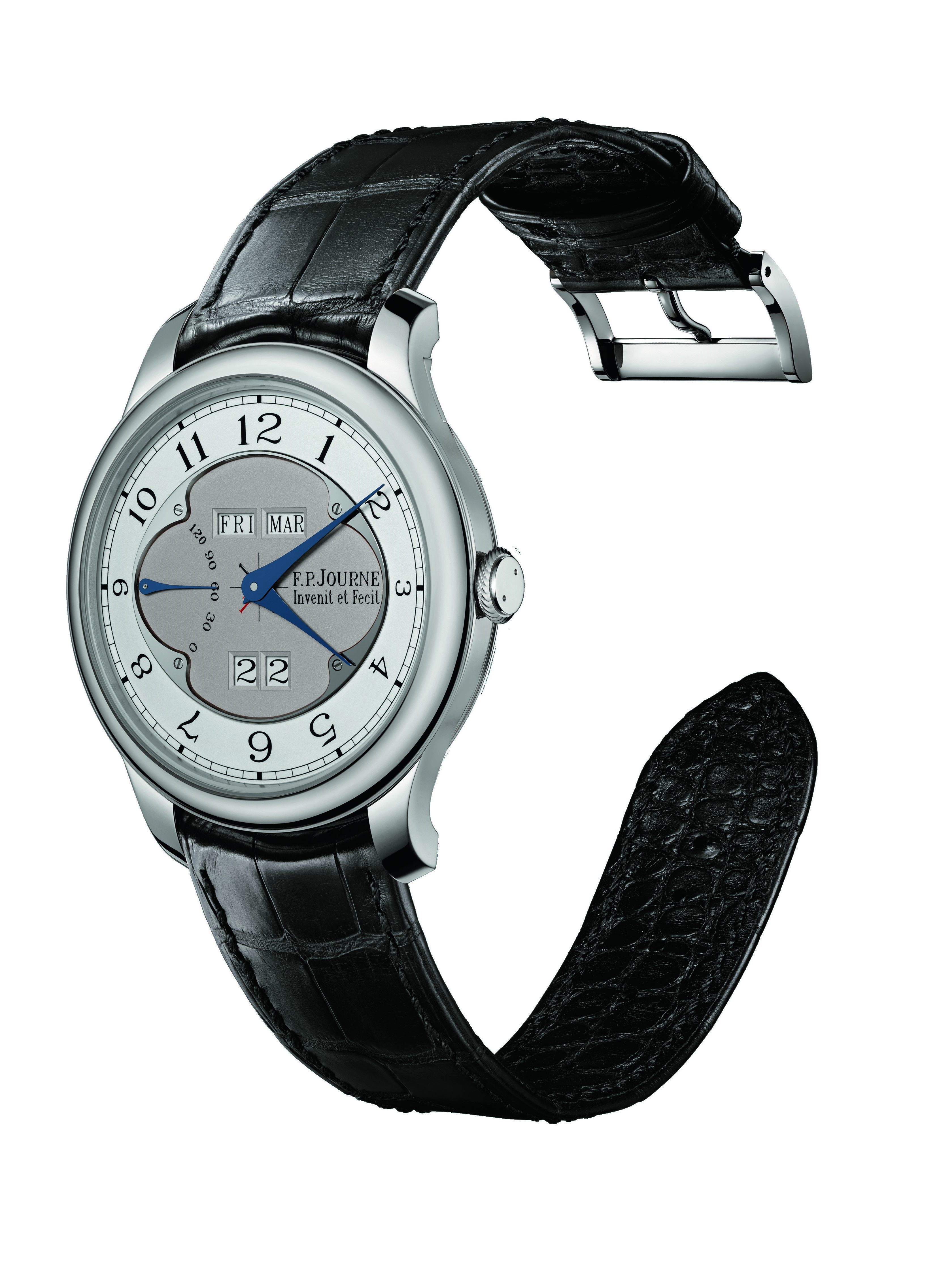
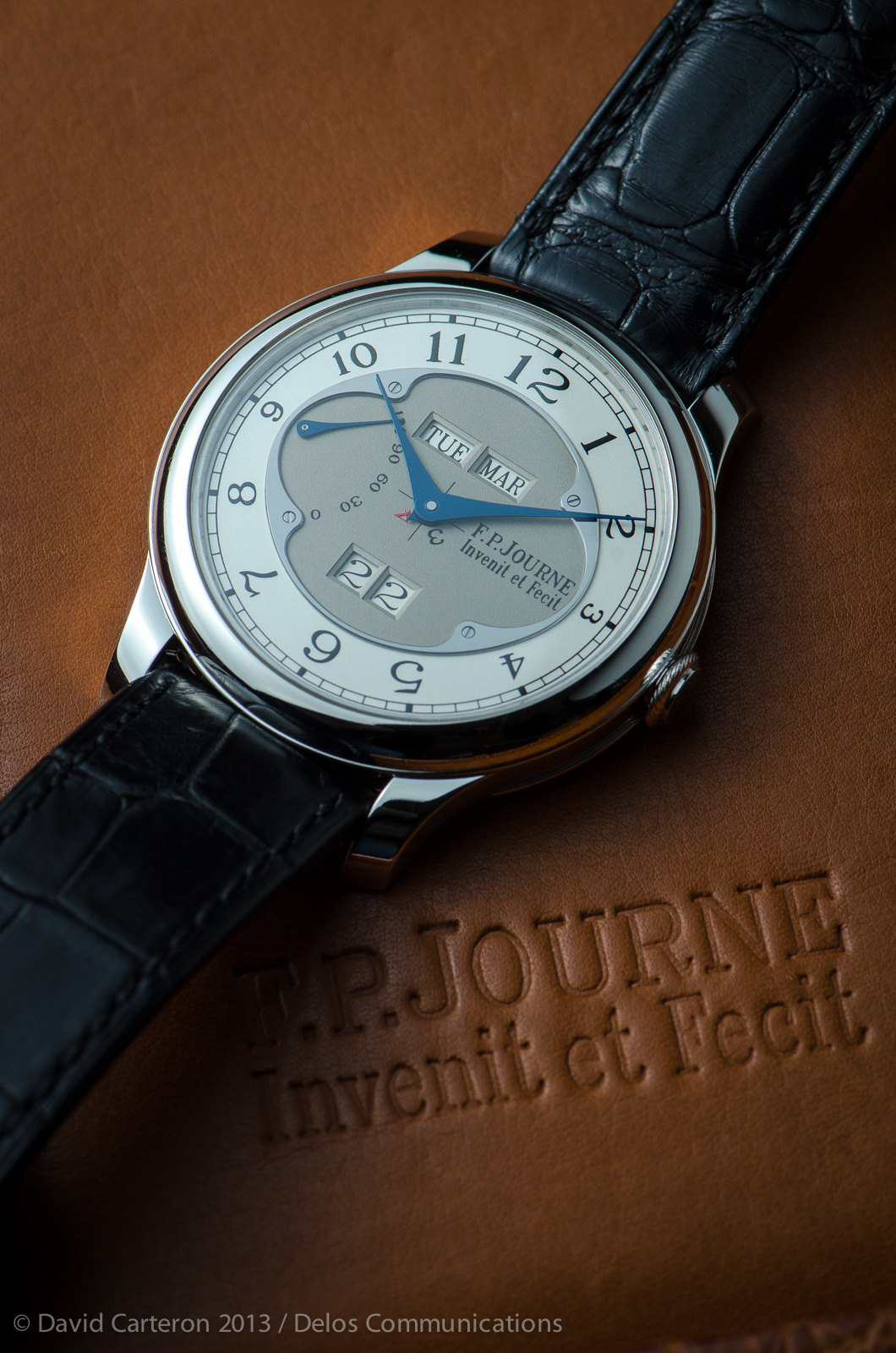
3 responses to “Technical Perspective: Why the Quantième Perpétuel isn’t Just Another Perpetual Calendar”
When traveling Eastbound, setting the time is not a problem because you advance the hands by turning the crown in position 2 anti clockwise.
When traveling Westbound is it possible to re-adjust the hands (outside the danger zone from 20:00 to 04:00) by turning the crown clockwise or there is the risk to damage the movement?
Thank you for the excellent technical explanation.
I love the QP that I have just purchased and want to use it also on my trips.
What do you mean by “dynamic display”
fast, immediate and synchronized in comparison to the traditional display where the discs drag over the course of minutes and hours.